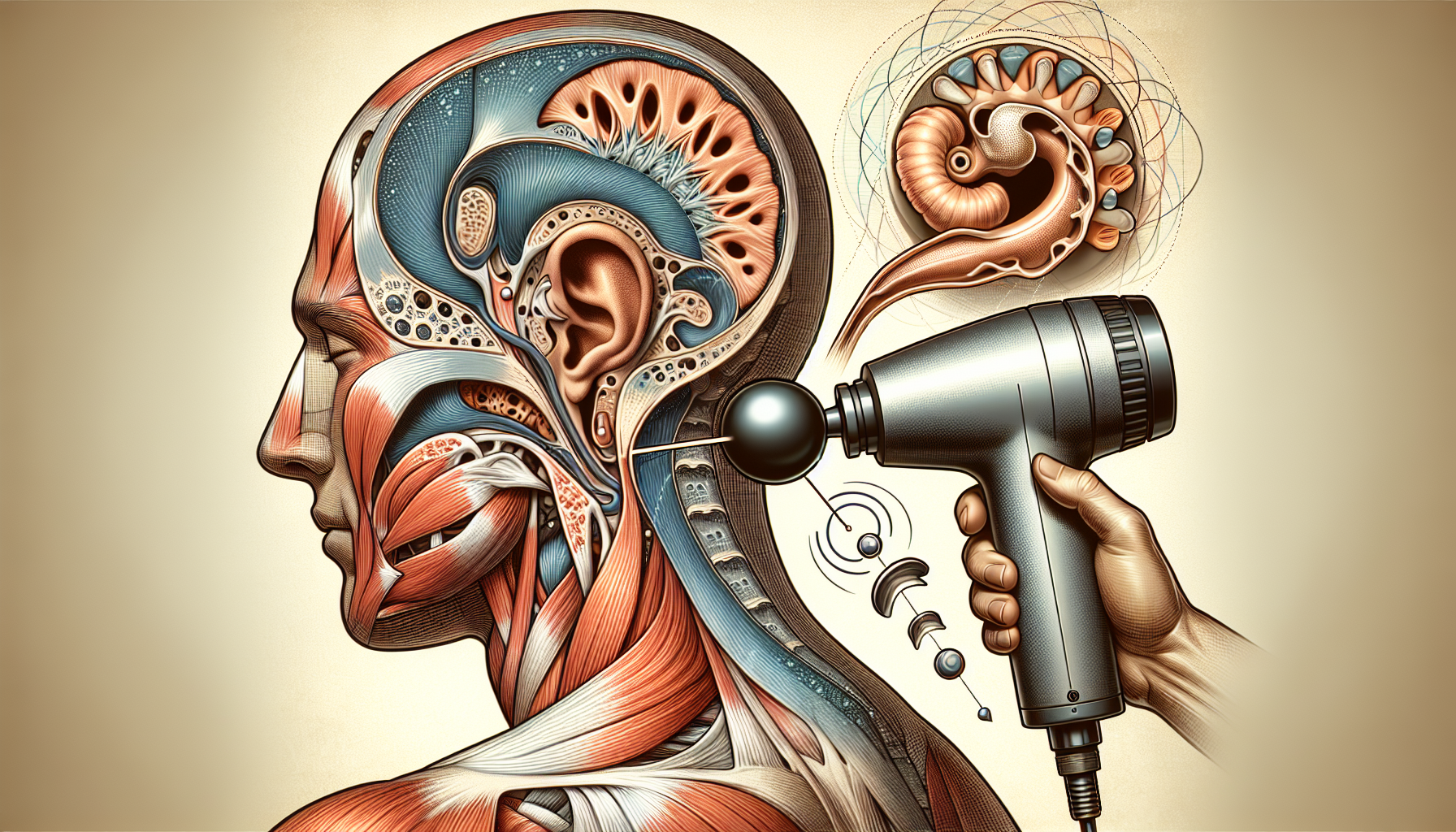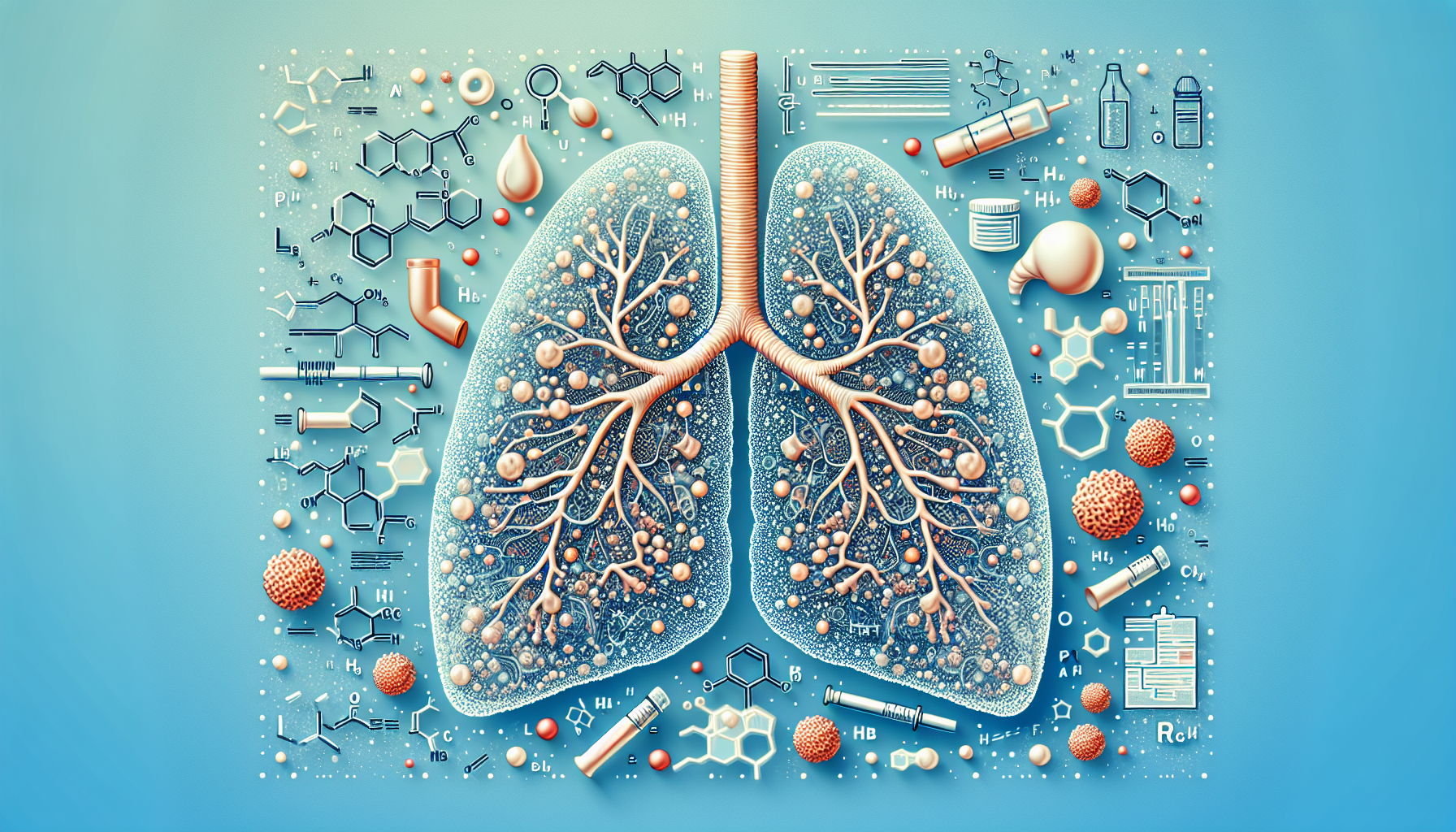Exploring the Efficacy of Lidocaine Injections for Youth Migraine Relief
Key Takeaways
- Lidocaine injections have demonstrated higher efficacy in reducing migraine pain in young patients compared to saline injections, with an average pain reduction of 2.3 points on a 10-point scale.
- The study’s findings suggest that lidocaine injections could become a favorable alternative for managing acute migraines in pediatric settings, potentially shifting current treatment guidelines.
- Further research is necessary to fully explore the long-term benefits and any potential side effects of using lidocaine for migraine relief in youths.
Did You Know?
Introduction to Migraine Relief in Youths
Migraines in young individuals can be particularly challenging to manage, often requiring innovative approaches to treatment. A recent study has highlighted the potential benefits of using lidocaine injections as a method for alleviating acute migraine symptoms in youths. This method, which involves administering a local anesthetic, has shown promising results in reducing pain more effectively than traditional saline injections.
Study Overview and Methodology
The research was conducted with a focus on young patients experiencing severe migraine episodes. The study included 58 participants, predominantly female, with an average age of 16 years. These individuals had been suffering from migraine flares lasting from a day to several months and had found little relief from other treatments. The study was designed as a double-blind trial, comparing the effects of lidocaine injections against saline injections.
Before proceeding with the injections, all participants were treated with a lidocaine cream as a preliminary step. This was intended to assess any immediate relief that could negate the need for further intervention. Following this, the participants were subjected to either lidocaine or saline injections, depending on their group assignment.
Results of Lidocaine Treatment
The findings from the study were quite significant. Participants who received the lidocaine injections reported a notable decrease in pain intensity, averaging a reduction of 2.3 points on a 10-point scale. In contrast, those who received saline injections reported a lesser average decrease of 1.1 points. This marked difference underscores the potential of lidocaine injections as a more effective alternative for managing acute migraines in youths.
Implications for Future Migraine Treatment
The success of lidocaine injections in this study suggests a potential shift in how acute migraines could be treated in pediatric settings. The fact that a significant number of participants experienced relief with lidocaine points to its efficacy. Moreover, the use of such treatments could be a stepping stone for further research into more targeted, effective migraine relief therapies for young individuals.
Conclusion
The study's implications are broad, with the potential to influence future guidelines on migraine management in youths. As migraine is a complex condition that can significantly impact quality of life, advancements in treatment options like lidocaine injections are a welcome development. Further research will be essential to fully understand the long-term benefits and any possible side effects of using lidocaine for migraine relief in younger populations.




